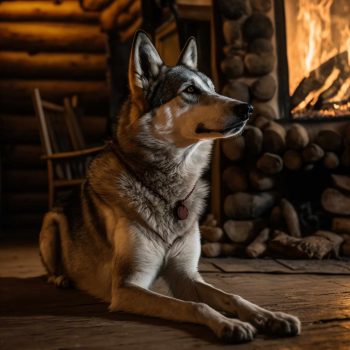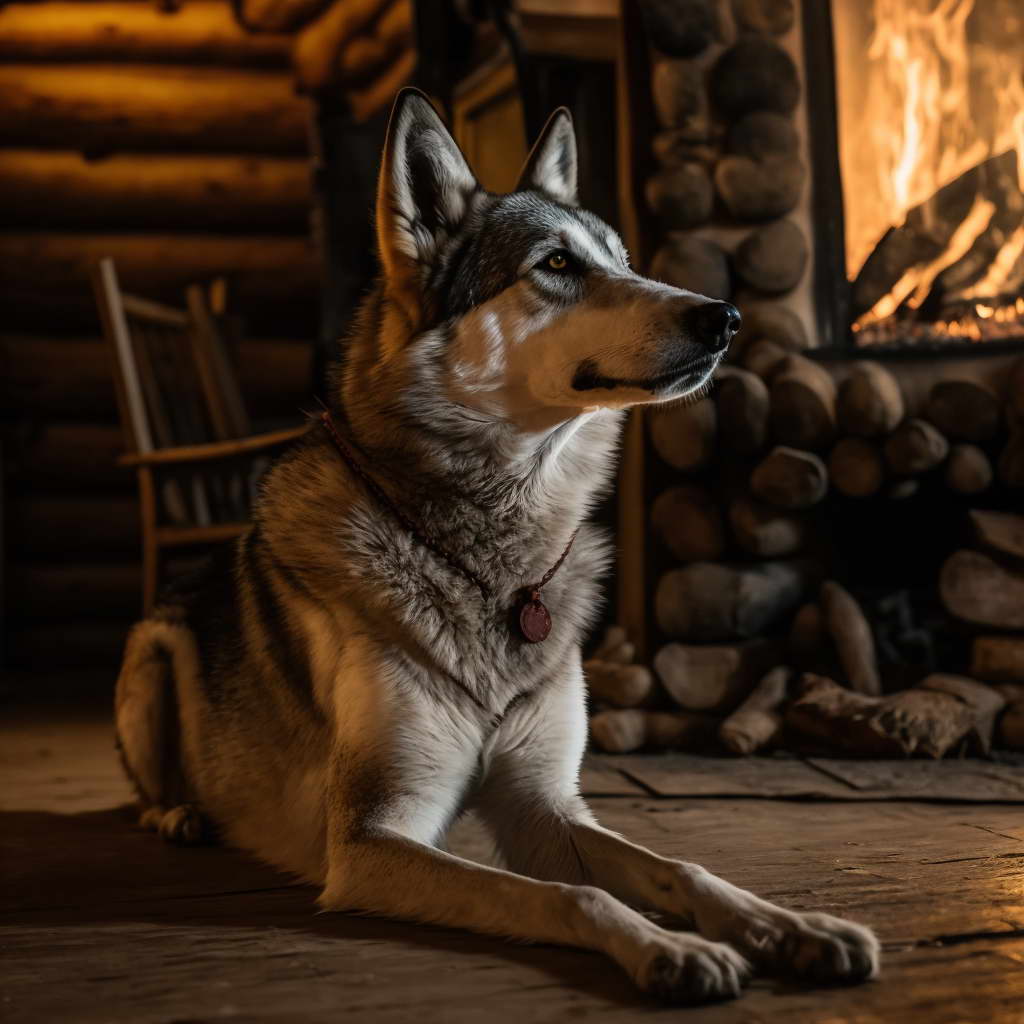History of the Tamaskan Wolf Dog
The Tamaskan Wolf Dog is a relatively recent breed that was developed in Finland during the 1980s. They are large dog breeds designed to look like wolves but with more of an affectionate temperament suitable for family pets. Recently, this breed has seen tremendous growth in popularity – but before you bring one into your home it’s essential to understand its unique traits.
Tamaskan Wolf Dog Appearance
One of the most distinctive characteristics of the Tamaskan Wolf Dog is its appearance. They sport a thick, dense coat that can come in various colors such as grey, black, and white. Their piercing eyes and pointed ears give them an unmistakably wild appearance; however, bear in mind that these dogs are domesticated dogs and should be treated accordingly.
Tamaskan Wolf Dog Temperament
Tamaskan Wolf Dogs are renowned for their friendly and affectionate disposition. Loyal to their owners, these pups tend to get along well with children and other pets; however, as with all dog breeds, socialization and training are necessary in order to ensure proper behavior around people. Furthermore, as these intelligent canines enjoy mental stimulation, providing them with plenty of toys and games helps prevent destructive behavior.
Tamaskan Wolf Dog Life Span
Tamaskan Wolf Dogs typically live between 12-15 years. However, as with all dog breeds, their life span can be affected by factors like genetics, diet, exercise, and healthcare. Regular veterinary check-ups as well as a healthy lifestyle such as walking and exercising regularly will help ensure that your Tamaskan Wolf Dog lives a long and contented existence.
Training and Exercise Tamaskan Wolf Dog
Training and exercise are essential parts of caring for a Tamaskan Wolf Dog. These intelligent dogs need mental and physical stimulation to stay stimulated, otherwise, they could become bored and destructive. Here are some tips for training and exercising your Tamaskan Wolf Dog effectively.
Training:
Tamaskan Wolf Dogs are intelligent and eager to please, making them relatively easy to train. However, they can also be strong-willed and independent so it’s essential that you establish yourself as the pack leader early on. Consistency and positive reinforcement are key when it comes to training your Tamaskan Wolf Dog.
Begin by teaching basic obedience commands such as “sit,” “stay,” “come,” and “heel.” Use rewards like treats, praise, and playtime to reinforce good behavior. Tamaskan Wolf Dogs also respond well to clicker training which involves using a clicker to mark the desired behavior followed by an associated reward.
Socialization is an essential element of training Tamaskan Wolf Dogs. Socializing them early on with various people, places, and animals will help prevent them from becoming shy or aggressive as adults. Puppy socialization classes and regular trips to the dog park can be extremely beneficial in this regard.
Exercise:
Tamaskan Wolf Dogs are highly energetic creatures that need regular exercise to stay healthy and content. Their endurance makes them great candidates for long hikes, runs, and other outdoor adventures. Aim for at least an hour of daily physical activity split up between walks, playtime, and more intense exercises.
Tamaskan Wolf Dogs enjoy mental stimulation, such as puzzle toys and games. Hide-and-seek, fetch, and obedience training can all provide your pup with plenty of mental stimulation. Be sure to provide plenty of toys and activities to prevent boredom or destructive behavior.
It’s essential to note that Tamaskan Wolf Dogs are not suitable for apartment living. They require plenty of room to run and play, making a large yard ideal. If your living situation is smaller, be prepared to take them on frequent walks and outings in order to meet their exercise requirements.
Conclusion
In conclusion, the Tamaskan Wolf Dog is a unique and fascinating breed that requires dedicated ownership. With proper care and attention, they can make loyal and affectionate companions for those willing to put in the effort. If you are thinking about adding one to your family, do your research and consult with an established breeder or rescue organization before making a commitment.


Leave a Reply